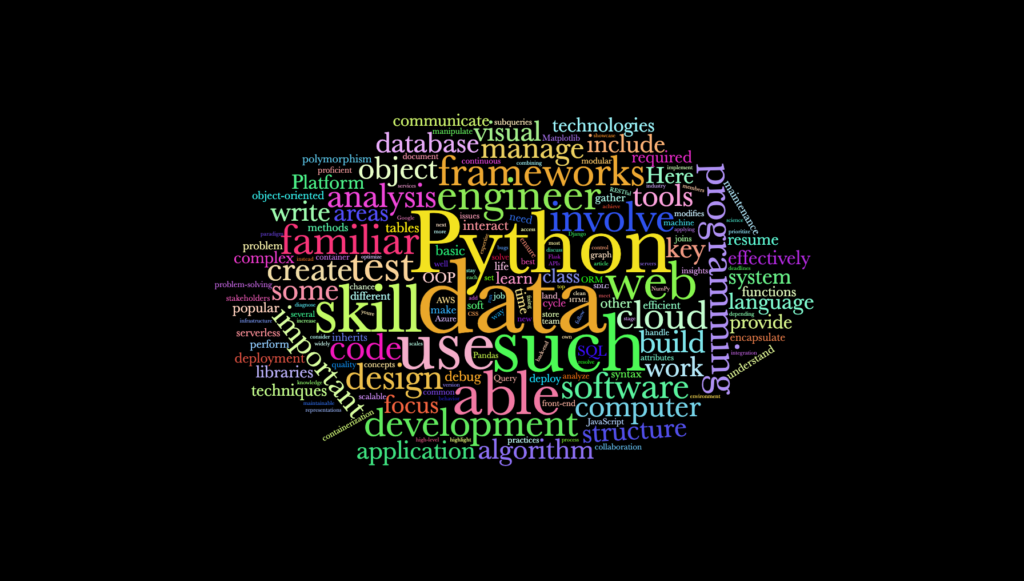
From LangChain to AutoGen: Meet the Python Frameworks Behind Smart Agents
Agentic AI frameworks are software platforms designed to help developers create autonomous agents capable of interacting with environments, making decisions, and achieving goals with minimal human intervention. These agents are increasingly important in areas like workflow automation, smart assistants, research agents, and task planning systems.
The rising popularity of large language models (LLMs) has spurred interest in agentic AI, pushing developers to explore frameworks that allow LLMs to operate as agents in diverse scenarios. This article provides a comprehensive and unbiased overview of the leading agentic AI frameworks in Python, detailing their capabilities, use cases, ease of use, and community support.
Understanding Agentic AI Frameworks
Key Concepts
- Agent: An AI entity capable of making decisions and taking actions.
- Environment: The world or context the agent interacts with.
- Tools: External APIs or functions the agent uses to accomplish tasks.
- Memory: A way to store context or previous interactions.
- Planning: The agent’s ability to sequence actions toward a goal.
Core Functionalities
An agentic AI framework typically provides:
- LLM integration
- Memory and context tracking
- Tool and plugin systems
- Planning and execution loops
Why Python?
Python remains the dominant language for AI development due to its rich ecosystem of libraries (e.g., transformers, openai, langchain) and ease of use, making it ideal for building and deploying agentic systems.
Top Agentic AI Frameworks in Python
1. LangChain
Overview: LangChain is a modular framework designed to facilitate the development of applications powered by LLMs. It excels in building autonomous agents that can interact with tools, retain memory, and follow chains of thought.
Key Features:
- Extensive agent and tool integrations
- Memory and prompt templating
- Modular and extensible design
Ease of Use: Moderate learning curve; excellent documentation.
Community Support: Active community, numerous tutorials, and integrations.
Use Case Example:
from langchain.agents import initialize_agent, Tool
from langchain.llms import OpenAI
llm = OpenAI(temperature=0)
tools = [Tool(name="Search", func=lambda x: "Result for " + x, description="Web search")]
agent = initialize_agent(tools, llm, agent="zero-shot-react-description")
response = agent.run("Find the capital of France")
print(response)Pros: Highly customizable, tool-rich, growing ecosystem
Cons: Can be complex for beginners
2. Auto-GPT
Overview: Auto-GPT is an experimental open-source application showcasing the potential of GPT-4 to autonomously achieve goals.
Key Features:
- Goal-driven agent loops
- File I/O and web access capabilities
- Long-term memory support
Ease of Use: Requires configuration and OpenAI API setup
Community Support: Large GitHub following; fast-evolving ecosystem
Use Case Example: Automating market research or code generation
Pros: Demonstrates the power of fully autonomous agents
Cons: Prone to task drift, limited reliability without human intervention
3. BabyAGI
Overview: BabyAGI is a minimalist task-driven agent that iteratively creates, prioritizes, and executes tasks based on a goal.
Key Features:
- Recursive task generation
- Simple and lightweight architecture
- Integrates with vector databases
Ease of Use: Easy to set up; ideal for experimentation
Community Support: Growing interest with active forks and variants
Use Case Example: Task list generation and execution
Pros: Compact design, quick to deploy
Cons: Limited flexibility compared to more mature frameworks
4. Semantic Kernel
Overview: Developed by Microsoft, Semantic Kernel provides a robust framework for integrating LLMs with traditional programming logic.
Key Features:
- Plugin system for function orchestration
- Planner module for task management
- C# and Python support
Ease of Use: Moderate; good documentation but assumes some prior knowledge
Community Support: Backed by Microsoft; actively maintained
Use Case Example: Workflow automation with plugins and planners
Pros: Well-structured, good for enterprise-level applications
Cons: Smaller community compared to LangChain or Auto-GPT
5. AutoGen
Overview: Developed by Microsoft Research, AutoGen enables multi-agent conversations, facilitating collaborative agent scenarios.
Key Features:
- Role-based multi-agent chat
- Customizable agent personalities and tools
- Supports advanced prompting techniques
Ease of Use: Designed for researchers and advanced users
Community Support: New but gaining attention
Use Case Example: Building a collaborative coding assistant with multiple roles (e.g., planner, coder, tester)
Pros: Rich interaction patterns, designed for flexibility
Cons: Still maturing; limited beginner support
Comparison Table – Agentic AI Frameworks
| Framework | Key Features | Use Cases | Pros | Cons |
|---|---|---|---|---|
| LangChain | Agents, tools, memory, chains | Assistants, workflow automation | Modular, tool-rich | Moderate complexity |
| Auto-GPT | Goal-oriented autonomy | Research agents, task runners | Powerful autonomy | Prone to drift, heavy setup |
| BabyAGI | Recursive task execution | To-do generation, experimentation | Lightweight, fast to run | Limited customization |
| Semantic Kernel | Plugin architecture, planning | Enterprise workflows | Robust design, good integrations | Learning curve |
| AutoGen | Multi-agent chat | Collaborative systems | Flexible, multi-role | Advanced use case oriented |
Best Practices for Using Agentic AI Frameworks
- Start Small: Use minimal viable agents to test ideas.
- Tool Security: Validate external tools to prevent unintended consequences.
- Error Handling: Implement logging and fallback logic.
- Memory Management: Avoid bloated memory to improve speed and accuracy.
- Ethical Use: Ensure agents are transparent, auditable, and don’t harm users or data integrity.
Future Trends in Agentic AI
- Multi-agent collaboration: Frameworks like AutoGen are exploring complex agent groups.
- Improved planning algorithms: Enhanced planning and goal prioritization are on the horizon.
- Better tool ecosystems: More plugin support and community-driven tools are emerging.
- Enterprise-ready capabilities: Security, auditing, and deployment tools are being prioritized.
Conclusion
Agentic AI frameworks in Python empower developers to build autonomous systems capable of performing complex tasks with minimal supervision. Whether you’re building a task executor with BabyAGI, a planning assistant with LangChain, or a multi-agent system with AutoGen, each framework has its strengths and ideal use cases.
Explore these tools, test their capabilities, and choose one that aligns with your project goals. Join developer communities, read official docs, and stay updated as this fast-moving field evolves.